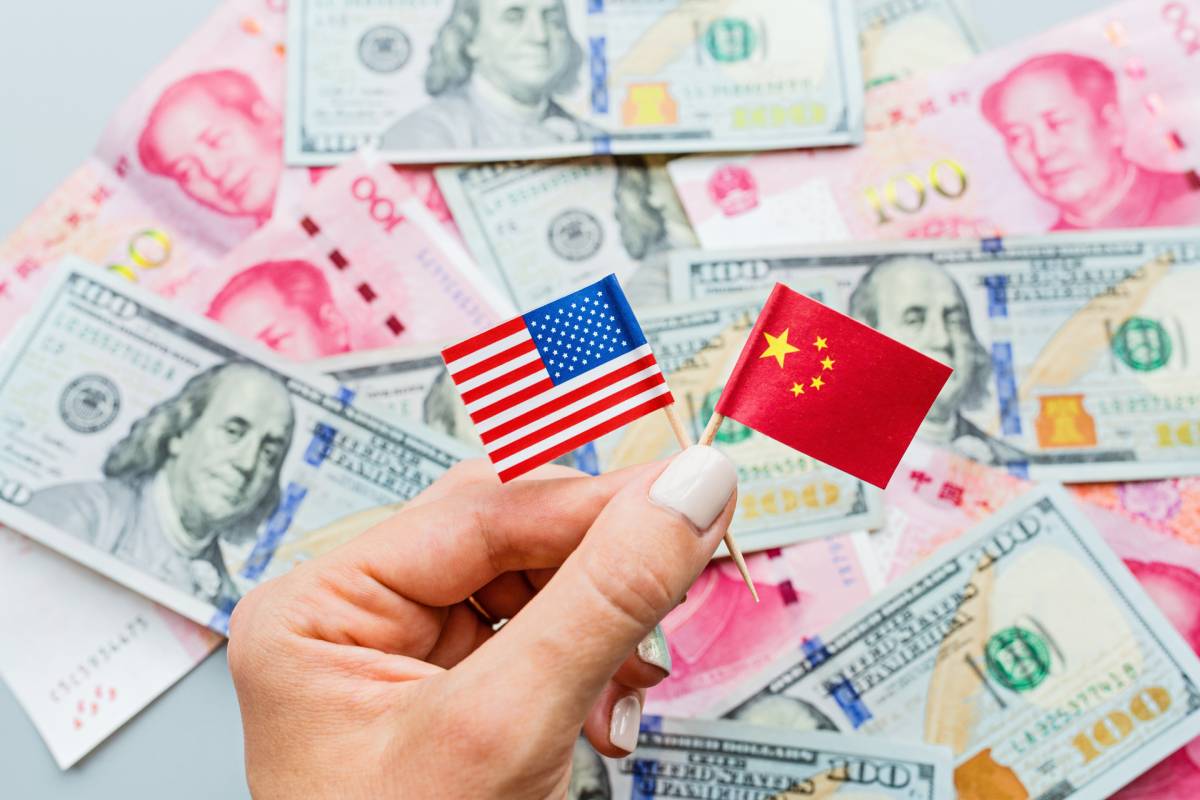When discussions about international trade or economic policies come up, the word “tariff” is often mentioned. But while many people hear about tariffs in the news or in political debates, few fully understand what tariffs are, who really pays for them, and the misconceptions that swirl around their effects.
In this article, we’ll break it down clearly and simply, helping you navigate this crucial but often misunderstood part of global economics.
What Is a Tariff?
A tariff is essentially a tax imposed by a government on goods and services imported from other countries. Sometimes, a government might also place tariffs on exports, but this is less common.
The primary purpose of a tariff is to increase the cost of imported goods, making them less competitive compared to locally produced products. Governments use tariffs for several reasons:
- Protect domestic industries by making foreign goods more expensive
- Generate revenue for the government
- Retaliate against trading partners in trade disputes
- Promote political goals, like penalizing countries for unfair trade practices
Tariffs can be set as a fixed fee (e.g., $100 per tonne of imported steel) or a percentage of the good’s value (e.g., a 10% tariff on imported cars).
There are also different types of tariffs:
- Specific Tariff: A fixed dollar amount on a physical unit (e.g., $5 per kilogram of imported apples).
- Ad Valorem Tariff: A percentage of the good’s total value (e.g., 20% of the price of imported shoes).
- Compound Tariff: A mix of both specific and ad valorem tariffs.
In essence, a tariff is a tool that governments use to regulate trade, protect jobs, and support national interests.
Who Actually Pays for Tariffs?
There is a common belief that foreign exporters bear the cost of tariffs. Politicians sometimes say, “We’re making them pay!” But that’s not entirely accurate.
The truth is:
The importer — usually a domestic business — pays the tariff when the goods cross the border.
Here’s how it typically works:
- A company in your country (the importer) buys goods from a foreign supplier.
- When the goods arrive at customs, the importer must pay the tariff to the government before the goods are released.
- The importer will usually pass the cost onto consumers by raising the price of the goods in the local market.
In simple terms, you — the consumer — end up paying for tariffs through higher prices at the store.
Of course, not all importers pass on the full cost immediately. Sometimes they absorb some of the costs to stay competitive. But over time, especially if the tariff is large or stays in place for a long period, higher costs usually trickle down to the average buyer.
Moreover, tariffs can disrupt entire supply chains. Businesses that rely on imported parts and materials might face higher production costs, which again are eventually passed down to consumers.
Common Myths About Tariffs
Because tariffs are so politically charged, a lot of myths surround them. Let’s bust a few of the most common misconceptions.
Myth 1: “Tariffs Only Hurt Foreign Countries.”
While it’s true that tariffs can hurt foreign producers (by making their goods more expensive and less competitive), tariffs can also hurt domestic consumers and businesses.
When imported goods become more expensive:
- Consumers face higher prices for everyday items.
- Manufacturers using imported components see increased production costs.
- Exporters might face retaliation if other countries impose counter-tariffs.
In short, tariffs often cause pain on both sides of a trade dispute.
Example:
During the 2018–2019 U.S.-China trade war, American farmers suffered when China retaliated with tariffs on U.S. agricultural products like soybeans, leading to a sharp decline in exports.
Myth 2: “Tariffs Always Protect Jobs.”
One of the main arguments for tariffs is that they protect domestic jobs by shielding local industries from foreign competition. However, the real-world impact is more complicated.
While some jobs in protected industries (like steel or textiles) might be saved, jobs in other sectors often suffer.
Higher prices for inputs (like steel) can hurt manufacturers that use those materials, leading to layoffs or even closures.
Example:
Tariffs on imported steel and aluminum might protect steelworkers, but they can harm workers in industries like car manufacturing, construction, and appliance making, which rely on affordable metals.
In some cases, tariffs save a few jobs at a very high cost. Economic studies have found that sometimes it costs hundreds of thousands of dollars in tariff-related expenses to save a single job.
Myth 3: “Tariffs Are Always Good for Government Revenue.”
Historically, tariffs were a major source of government income (especially in the 18th and 19th centuries). Today, however, most modern governments rely more heavily on income taxes and consumption taxes.
Tariffs can still provide revenue, but they can also hurt overall economic activity, reducing other tax collections. If tariffs cause a slowdown in trade, businesses might earn less, hire fewer people, and pay lower taxes. Consumers might also spend less.
In other words, the gain in tariff revenue could be offset by losses elsewhere in the economy.
Myth 4: “Domestic Products Always Get Cheaper After Tariffs.”
Many people assume that once tariffs are imposed on imports, domestic producers will lower their prices to stay competitive. However, domestic producers often raise their prices instead.
Why?
Without foreign competition, domestic companies have less incentive to keep prices low. In protected markets, businesses might raise their prices close to the level of the newly expensive imported goods, pocketing higher profits.
Thus, while some industries benefit from less competition, consumers are often the ones who pay more.
Are Tariffs Ever a Good Idea?
Despite all these issues, tariffs are not always bad. In fact, there are situations where tariffs can be beneficial:
- Infant Industries: New industries that are not yet able to compete internationally might need temporary protection.
- National Security: Protecting industries critical to national defense (like aerospace or electronics) can be vital.
- Strategic Bargaining: Sometimes tariffs are used to force trade negotiations or correct unfair practices like dumping (selling goods below cost to destroy local industries).
However, tariffs should be used carefully and strategically. If poorly designed or politically motivated, they can cause far more harm than good.
Real-World Examples of Tariffs
1. The U.S.-China Trade War (2018–2020)
The U.S. imposed tariffs on hundreds of billions of dollars’ worth of Chinese goods, claiming China was engaging in unfair trade practices. China retaliated with its own tariffs. This led to higher prices for consumers and disrupted global supply chains.
2. European Tariffs on U.S. Whiskey and Motorcycles
In response to U.S. tariffs on steel and aluminum, the EU slapped tariffs on American products like bourbon and Harley-Davidson motorcycles. These retaliatory tariffs hurt American exporters trying to access European markets.
3. Smoot-Hawley Tariff (1930)
During the Great Depression, the U.S. passed the Smoot-Hawley Tariff Act, raising tariffs on thousands of imports. Many historians believe it worsened the depression by causing a collapse in international trade.
Conclusion
Tariffs are a powerful tool, but they come with serious consequences. While they can protect domestic industries in the short term or be used for strategic purposes, they often lead to higher prices, reduced consumer choices, trade wars, and economic inefficiency.
Perhaps most importantly, it’s the local businesses and consumers — not foreign governments — who often end up footing the bill.
Understanding tariffs helps us make sense of the news, policy debates, and global economic trends. It reminds us to look beyond political slogans and examine who really benefits, who loses, and what the long-term effects could be.



